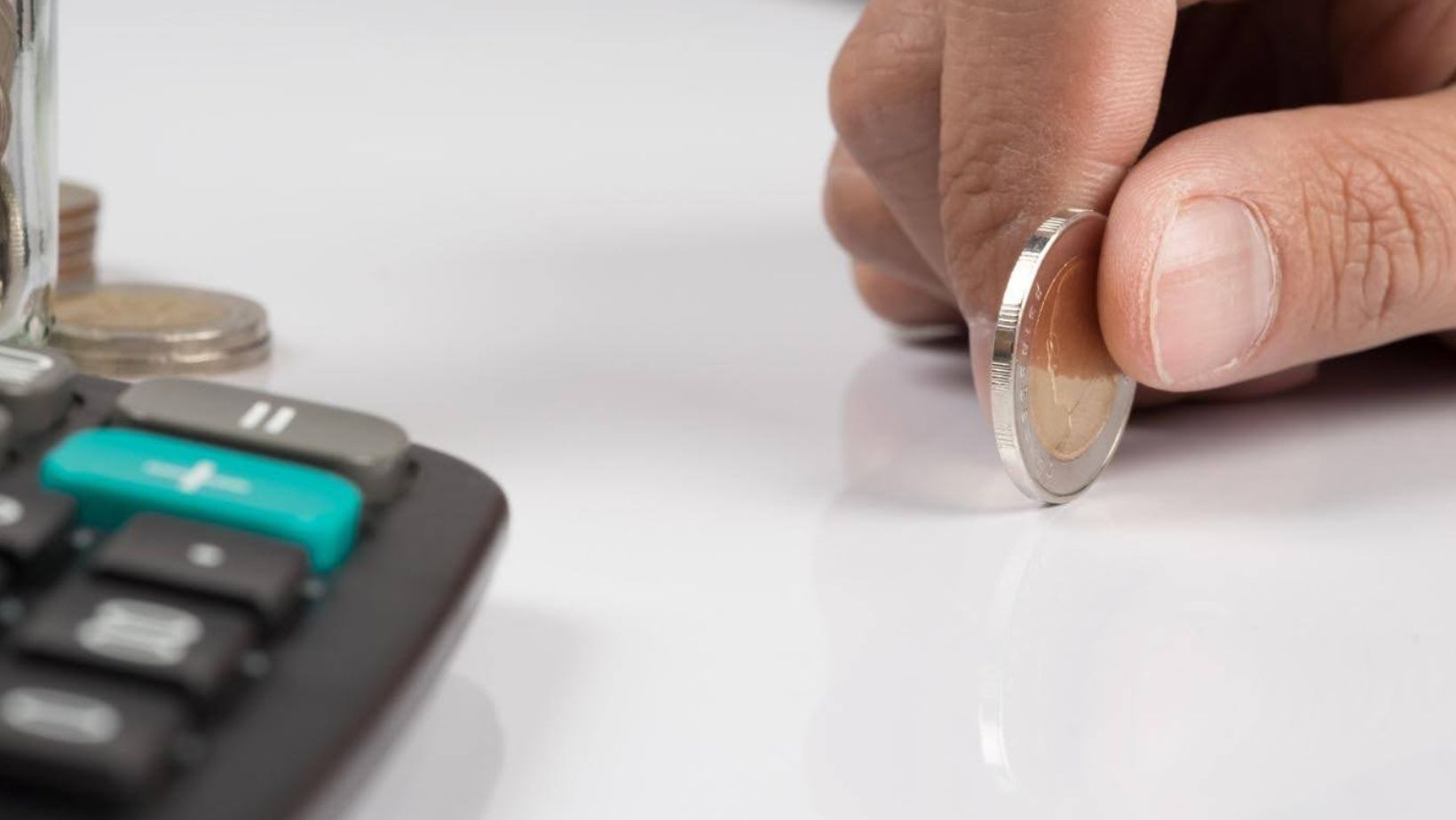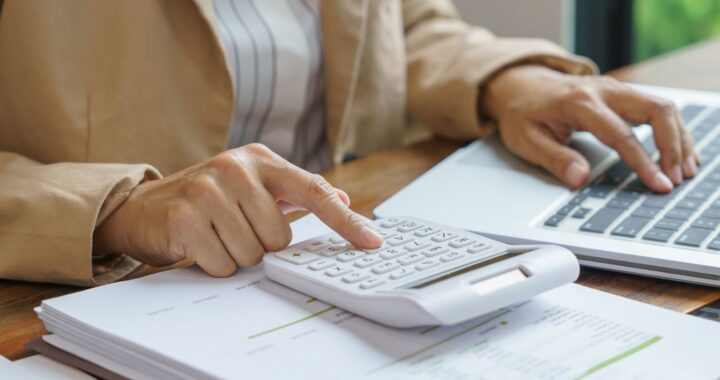
How Chapter 13 Bankruptcy Works in California—and Why It Could Save Your Home
Life in California isn’t cheap. Between sky-high housing prices, rising interest rates, and the general cost of living, it’s easy to fall behind on bills—even if you’re working hard. If you’re facing the stress of foreclosure, mounting debt, or constant calls from creditors, you might feel like you’re out of options. But there’s one solution worth understanding: Chapter 13 Bankruptcy in California.
Chapter 13 offers a structured, court-approved way to catch up on missed payments while keeping your home and other important assets. In this article, we’ll explain how Chapter 13 works, how it differs from other types of bankruptcy, and how California Bankruptcy Exemptions could protect what matters most to you.
What Is Chapter 13 Bankruptcy?
Chapter 13 bankruptcy is a legal process that allows individuals with a steady income to reorganize their debts into a manageable repayment plan. Unlike Chapter 7—which may involve selling certain assets to repay creditors—Chapter 13 focuses on helping you repay what you can over a three- to five-year period.
The heart of Chapter 13 is its repayment plan. You’ll propose a plan based on your income, living expenses, and the types of debt you owe. The goal is to pay off some or all of your debts in a way that fits your financial situation—while keeping your house, car, and other essentials.
How Chapter 13 Bankruptcy Helps Protect Your Home
One of the biggest advantages of Chapter 13 bankruptcy is that it can stop foreclosure. If you’re behind on mortgage payments, Chapter 13 gives you time to catch up—often spreading those missed payments out over the length of your repayment plan.
Here’s how it works:
- As soon as you file, the automatic stay kicks in. This legal protection stops foreclosure proceedings, wage garnishments, and creditor harassment.
- You continue making your current mortgage payments while also paying back the overdue amount gradually.
- As long as you stick to the plan, your lender cannot move forward with foreclosure.
For many Californians, this is the difference between losing a home and getting the breathing room needed to recover financially.
Who Qualifies for Chapter 13 Bankruptcy in California?
To file for Chapter 13 Bankruptcy in California, you must meet a few basic requirements:
- You have a regular source of income. This can include wages, self-employment, retirement income, or even government benefits.
- Your debt is within the allowed limits. As of 2025, your combined secured and unsecured debts must be under approximately $2.75 million.
- You’re up to date on your tax filings. You’ll need to show that you’ve filed tax returns for the last four years before filing for bankruptcy.
If you meet these qualifications and want to protect your home, Chapter 13 might be a smart path forward.
What Debts Can Be Included?
Chapter 13 covers a wide range of debt types. These include:
- Secured debts (like mortgages and car loans): You’ll need to continue paying on these if you want to keep the property.
- Unsecured debts (like credit cards, personal loans, and medical bills): These may be reduced or discharged after your repayment plan ends.
- Priority debts (like recent taxes or child support): These must be paid in full during the plan.
The exact breakdown of what you pay—and how much—depends on your income, allowable expenses, and the value of your assets.
Understanding California Bankruptcy Exemptions
A common fear about filing bankruptcy is losing everything you own. But the truth is, most people who file keep the things they need—thanks to California Bankruptcy Exemptions.
California law allows you to choose between two sets of exemptions, known as “System 1” and “System 2.” Each set protects different types of property, and the right one depends on your personal financial situation.
Here are some examples of what may be protected:
- Your home: California’s homestead exemption can protect up to $678,391 in equity, depending on where you live.
- Your car: Equity in a vehicle may be protected up to a certain limit.
- Personal belongings: Clothing, household goods, appliances, and even tools of the trade may be exempt.
- Retirement accounts: Most qualified retirement accounts are fully protected under California law.
Choosing the right exemption system is crucial to keeping what matters most. That’s why it’s important to speak with a qualified bankruptcy attorney—someone who understands how California law applies to your specific case.
What Happens After You File?
Here’s what you can expect once your Chapter 13 case begins:
1. Automatic Stay
The automatic stay goes into effect immediately, halting collections and foreclosure actions.
2. Trustee Appointment
A bankruptcy trustee is appointed to oversee your case. They’ll review your finances and proposed repayment plan.
3. Repayment Plan Proposal
You’ll submit a plan that outlines how you’ll repay your debts over time. The trustee and creditors have the chance to review and object if necessary.
4. Plan Confirmation
Once your plan is approved by the court, you begin making monthly payments. These payments are sent to the trustee, who then distributes them to your creditors.
5. Completion and Discharge
If you complete the plan successfully, any remaining eligible unsecured debts may be discharged. That means you’re no longer legally required to pay them.
How Long Does Chapter 13 Bankruptcy Stay on Your Credit?
Chapter 13 stays on your credit report for seven years from the filing date. While this may impact your credit score initially, many people begin rebuilding their credit during the repayment period. With responsible financial behavior, you can take steps toward a stronger credit profile even before your plan ends.
Chapter 13 vs. Chapter 7: What’s the Difference?
The key difference is in how the debts are handled:
- Chapter 7 is quicker and may involve giving up some non-exempt assets to eliminate most unsecured debts.
- Chapter 13 allows you to keep your assets and repay debts over time—but requires regular income and more commitment.

How U.S. Bankruptcy Help Can Support You
At U.S. Bankruptcy Help, we understand that facing bankruptcy is overwhelming. You may be worried about your home, your family, or your financial future. That’s why we offer free resources to help you understand your options and take the next step with confidence.
We are not a law firm, but we connect people like you with experienced, local bankruptcy attorneys who can review your situation and help you navigate the path forward.
Here’s how we can help:
- Explore debt relief options tailored to your needs
- Understand how California Bankruptcy Exemptions can protect your property
- Get matched with a qualified bankruptcy attorney near you
Ready to take control of your financial future? Fill out our quick form to get free information and get connected with someone who can help you evaluate your options—no cost, no obligation.
Final Thoughts
Chapter 13 Bankruptcy in California is more than just a legal process—it’s a second chance. For homeowners and hardworking individuals who need time to recover, it can stop foreclosure, consolidate debt, and give you the structure to rebuild.
And with the help of California Bankruptcy Exemptions, you may not have to lose the assets you’ve worked so hard for.
If you’re struggling with overwhelming debt, don’t wait for things to get worse. Let U.S. Bankruptcy Help guide you toward real solutions—starting with free information and access to experienced professionals who understand California’s bankruptcy laws.





